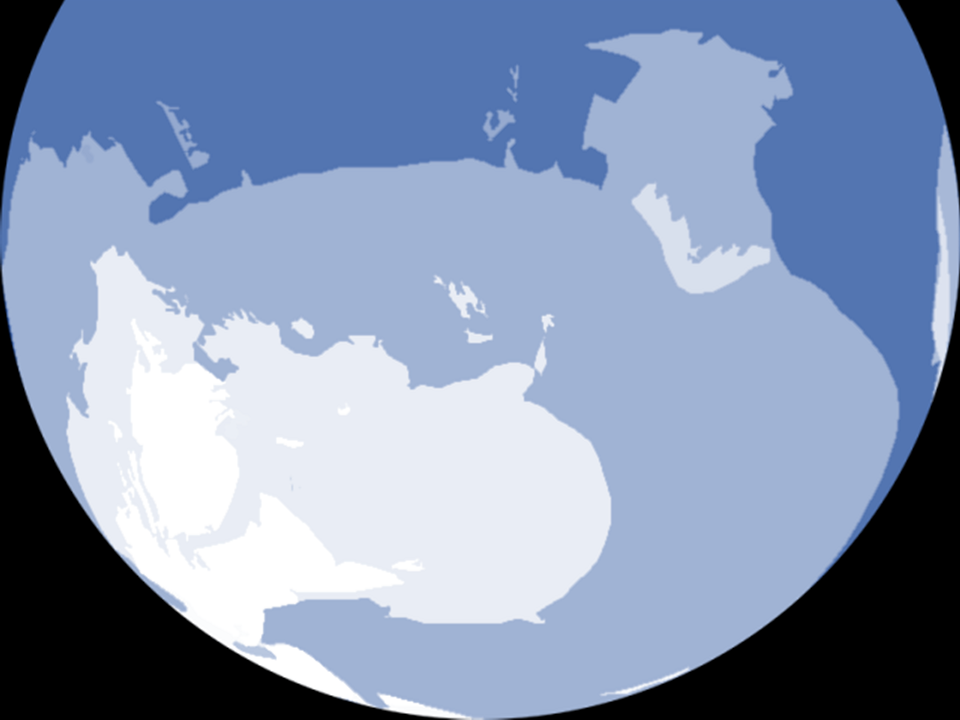Pick Up
693. The Role of International Cooperation in Ozone Layer Recovery

On January 9, the United Nations Environment Programme (UNEP) and the World Meteorological Organization (WMO) announced at the 103rd Annual Meeting of the American Meteorological Society that the ozone layer over the Antarctic is recovering.
The ozone layer is the earth's protective shield, protecting mankind and the environment from the sun's harmful ultraviolet rays. Efforts to restore the ozone layer began in 1987 with the Montreal Protocol, which aimed to regulate the production and consumption of nearly 100 chemicals known as ozone-depleting substances (ODS).
In the quadrennial assessment stipulated by the Montreal Protocol, the Scientific Assessment Panel, which was in charge of this assessment, has been successful in regulating the production and use of ozone-depleting chemicals in the stratosphere on a global basis, successfully phasing out 99% of the banned ODS, and has concluded that the upper stratospheric ozone layer is on track to notable recovery. The restoration of the ozone layer is credited with helping to reduce the probability of human exposure to harmful ultraviolet radiation. Going forward, if current policies are maintained, the ozone layer is expected to recover to its 1980 value by about 2066 in the Antarctic, by 2045 in the Arctic, and by 2040 in other regions.
The Science Assessment Panel finds that the Montreal Protocol's efforts are also effective in avoiding global warming. The Protocol's amendments have also called for the elimination of the production and use of other CFC substitutes, which are potent greenhouse gases even if they do not directly contribute to ozone layer depletion. The elimination of the production and use of these substances could contribute to a reduction in global warming of 0.3-0.5°C by 2100.
The Scientific Assessment Panel also examined the potential effects on ozone of the intentional addition of aerosols into the atmosphere, known as stratospheric aerosol injection (SAI). It has been proposed as a potential method to reduce climate warming by increasing sunlight reflection. The panel also discussed the effects of geoengineering on stratospheric temperatures, circulation and ozone production and destruction, and warned of possible unintended consequences.
Contributors: Solongo TUMUR and IIYAMA Miyuki (Information Program)
